In Russia there is no GTA and S. T. A. L. K. E. R. Why are there not ready to spend millions of dollars on their creation: Games: Science and Technique.
The game industry is the most profitable entertainment industry with multi -billion dollar income. She has long been around the film industry both in turnover and in the cost of projects. Lenta.ru says what is happening with the game industry in Russia and why few large games are released in the country.
In Russia there is no GTA and S.T.A.L.K.E.R. Why are they not ready to spend millions of dollars on their creation?
Video games are the most profitable entertainment industry in the world. Every year they bring more than $ 170 billion, and the creation of blockbusters like GTA V is more expensive than shooting the next part of the Avengers. However, among the giants of the gaming industry with the world-famous AAA projects for PC, Xbox and PlayStation there are almost no Russian companies, although the country has talented developers and very successful projects. Why in Russia they do not make their GTA and The Last of US and what will help the game industry, found out Lenta.ru.
In 2021, the Russian game for the first time in many years shown at E3. This exhibition is the most important event for the entire industry, large companies announce the main games of the upcoming years, conclude transactions and communicate with the audience. A demonstration on E3 can be considered a sign of quality and a marker that the project should be monitored.
The Mundfish Moscow studio showed at the Microsoft conference, which watched a record 2.3 million people. Under the song “Music,” the Mirage groups in a minute video quickly changed shots from the futuristic USSR, where the KGB agent fights with the control of communist robots and travels to the cyberpunk “penny”.
The interest in the game against the background of the general hobby of the West by Soviet-Russian aesthetics was predictably high-in total from different channels, the video collected more than a million views on YouTube. True, then on the official Mundfish channel he was blocked for the lack of rights to the Mirazha Hit playing in the trailer, and the founder of the group and developers began to threaten each other's trials.
This is far from the first scandal around Atomic Heart. Two years ago, anonymous employees of Mundfish said that their debut project is done in the atmosphere of chaos, the developers are quitting, and they pay salaries in envelopes. In response, the studio called journalists to visit, and they were convinced that at least part of the game has already been created and even works.
Today, the release date of Atomic Heart is still unknown, but this is definitely one of the most striking projects of the Russian gaming industry. Music is written for him by Mick Gordon – the author of the soundtrack doom and Wolfenstein. And Mundfish itself collaborates with NVIDIA and EPIC Games, attracts investments from the Chinese IT giant Tencent, the Russian publishing house Gaijin Entertainment and the investment company GEM Capital.
From 10 to 15 million dollars was invested in the studio when assessing the entire company at 35-45 million
But the example of Mundfish is rather an exception.After all, the Russian game industry has long ceased to produce powerful AAA projects that can be shown at events like E3.
The former greatness
The Russian game market began to actively form in the early 1990s with the fall of the iron curtain. In those years, he was predominantly pirate and kept on the clones of Japanese prefixes and unlicensed software. There was no question of earnings at games in Russia either, everyone calmly copied the floppy disks, and no one thought about the fact that it was theft.
The situation began to change in the middle of the decade. Games began to go out on disks with the protection against copying, so the usual methods of theft did not work. But this did not kill piracy, but only slightly changed its shape: stalls with pirate discs are now the main on the market. The publishers tried to fight piracy not the most effective methods: the usures on points and the creation of the Association for Combating Computer Piracy, who allegedly defended the rights of publishers and developers.
The crisis 1998 became a turning point. At the time of a sharp increase in the dollar, copyright holders changed their strategy, focusing on local features. In the West, games were sold in large beautiful boxes with books, instructions and other souvenir products. In Russia, publishers first acted according to the same model. But why people overpay for waste paper and a beautiful box when they just want to play inexpensively in a new part of the popular shooter?
“There was a business strategy for the use of pirate distribution channels. To do this, it was necessary to bring the prices for legal projects to the pirates. And we came to all foreign developers and publishers and said: let's take your game, we will sell it very cheap and pay you 20 cents from an instance (this is very little). Well, a certain advance is also ready to pay. And so that there are no concerns that we will sell the game cheaply for other territories, everything will be in Russian, ”said Alexander Mikhailov, General Director of the Buka company.
So in the country they officially began to sell games in Jveles – transparent plastic cases with a minimum of accompanying products. In addition to this, regional prices were introduced by bringing the cost of licensed games to the “pirates” as close as possible. Despite the skeptical attitude of some market participants, the Jveles showed huge sales. So, the first circulation of the game Heroes of Might Magic 3 in Russia amounted to more than 70 thousand copies, which was a great result for that time (where success was considered to sell 10-15 thousand copies).
I must say that the project was sold for a very long time, in fact, before the crisis of 2008, when the RS-IGR market on physical media began to decrease rapidly. The total circulation is about half a million, this is much more than we thought originally
The story with the Heroes showed that publishers and developers can earn money by even reducing the cost of the product as much as possible.Therefore, not only Western studios, but also domestic teams began to come to the market.
One of the brightest examples is the publisher of Akella. The company earned its first money on unlicensed software, releasing and localizing games in Russia without any permits from copyright holders. According to the founder of Akella, Dmitry Arkhipov, in the late 1990s there was a conflict in the team on the appropriateness of switching to the licensed release of the software, which appeared the Fargus studio. So Akella began to engage in the official release of games, and Fargus – pirate, but the studios continued to work closely.
The main domestic hit of that time – “Corsair: Damn the Far Seas” – was created, among other things, for money from “Pirate” sales. Despite this, “Corsarers” were shown at all the largest exhibitions, including E3. In the West, the game was met extremely positively, calling it “one of the best action with elements of an economic simulator” and “an adventure that cannot be missed”. Arkhipov claimed that the Corsair paid off almost immediately, and the American publishing house Bethesda bought the right to play in the West. Two years later, the “Pirates of the Caribbean” came out – formally the sequel of “Korsarov”. This was the first Russian game of the Hollywood blockbuster license. She is the first Russian game on Xbox.
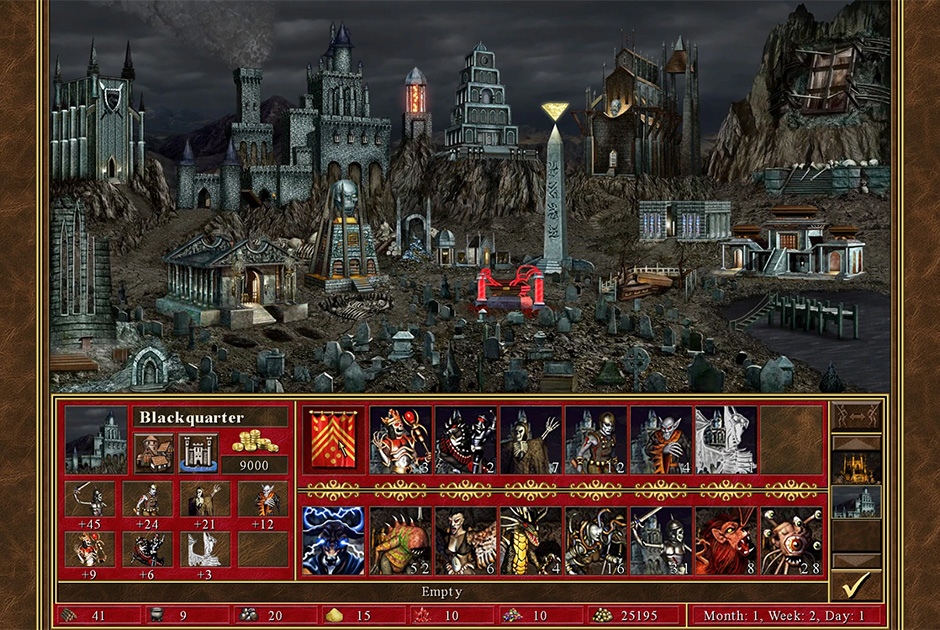
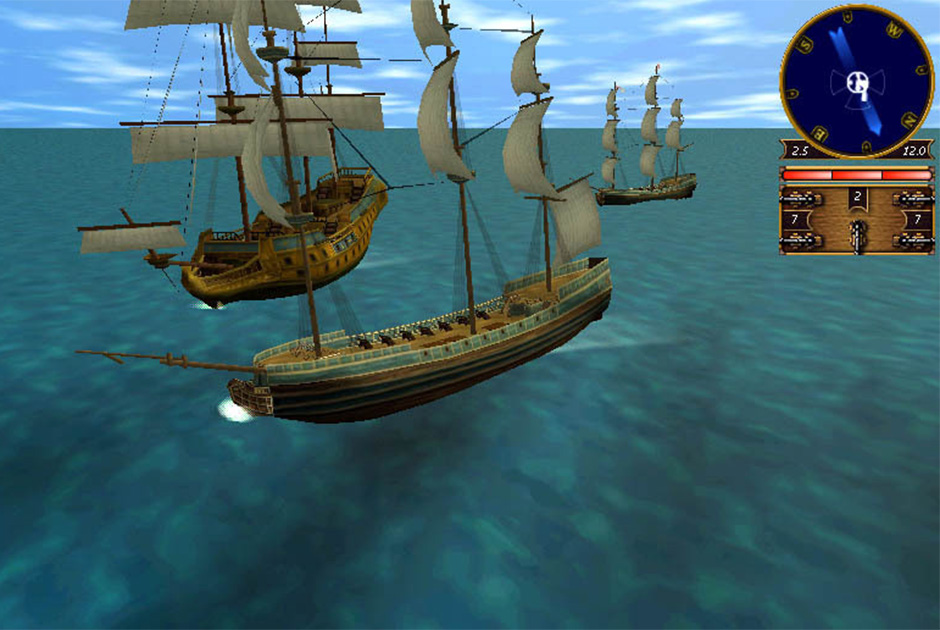
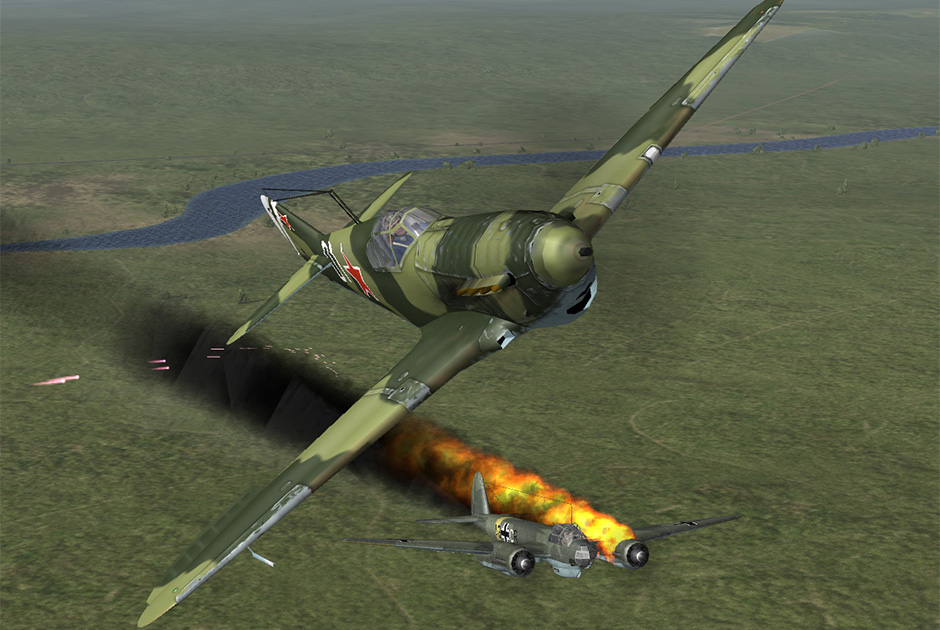
Screenshot: Heroes of Might Magic 3
In the 2000s, Russian developers gave out many other interesting games: Blitzkrieg, Truckers, Mor: Utopia and Turgora, dozens of quests. However, a few of them managed to break through the country, unlike, for example, from the IL-2 Sturmovik. It is loved not only in Russia, but also in the West, calling the best computer simulator of its time and comparing with Microsoft Flight Simulator.
According to the Metacritic Game Assembly aggregator, Il-2 has 91 points out of 100. This is the best assessment game in 2001-higher than Max Payne, Black White, Serious Sam: The First Encounter, Sid Meier's Civilization III and dozen other great great Great Great games. “The Sturmovik is not only the best simulator of 2001, this is the best simulator dedicated to the Second World War, of all the existing and one of the best aircraft systems of all time,” the game described the American magazine Computer Gaming World.
And the British Association of Interactive Entertainment awarded the “silver” status to the game, which indicates more than one hundred thousand sold copies only in England. In 2014, more than two million IL-2 were sold around the world.
The Russian market of that period was generally interesting to Western publishers who actively invested in developers and worked with local companies. At the first Russian exhibition, Cree (Games Developers Conference) in 2003 managed to collect representatives of Intel, NVIDIA, ATI and Sony Computer Entertainment Europe. In the future, famous developers will perform there (for example, one of the creators of DOOM John Romero), Sony will hold an exclusive presentation of the Cell PlayStation 3 chip in Europe, Intel will show tools to optimize games.
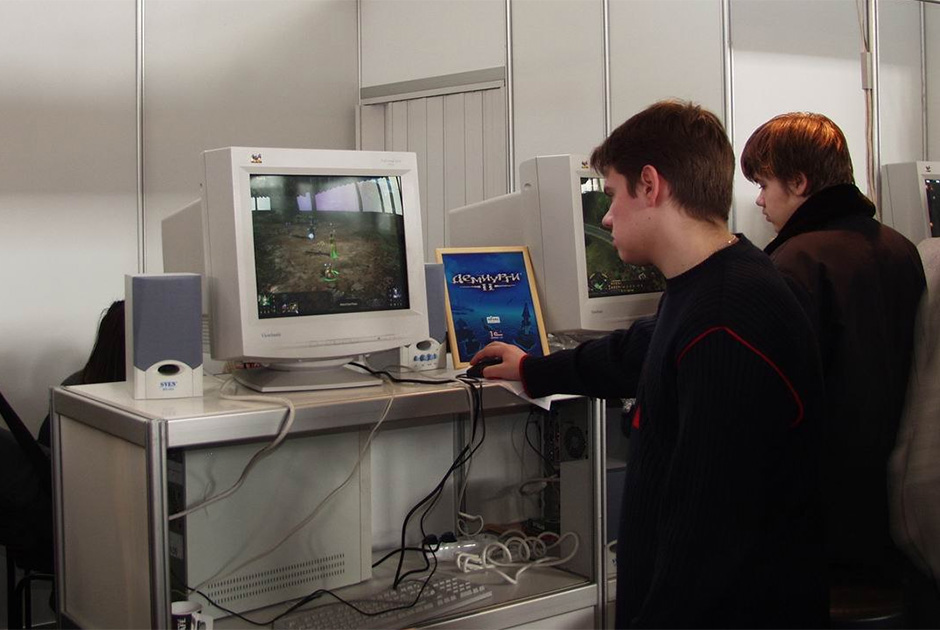
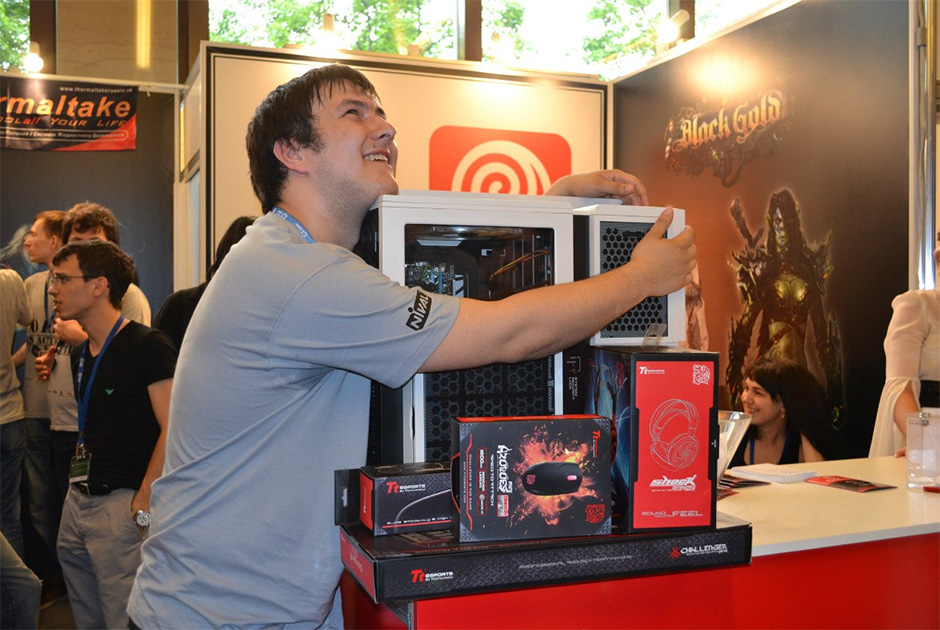
But the Russian gaming industry and problems had.High demand led to the fact that publishers ceased to focus on the quality of projects purchased for the future release in Russian, and hundreds of low -grade games poured into the market. For the European publisher, Russia in the mid-2000s looked like “a short-term opportunistic market that absorbs PCs for any quality level,” said Sergey Klimov, general producer of the Moscow studio, Snowball Studios. At that time, managers bought projects even without a clear presentation of the game, as a result, the market was quickly oversaturated and reassessed, he explained.
“In conditions when the annual market growth is at least 20 percent, and the growth of the ruble makes the dollar capacity of each copy sold more and more, the manager begins to relax. Why persuade to sign the game for 250 thousand dollars, if you can pay all 400 thousand and still earn when the project will be released in a few years at the market doubled during this time? ” – describes the situation of those years Klimov.
As a result, the publishers gained such a huge amount of purchased licenses that their number exceeded potential demand. In addition, the 2008 crisis struck. True, it served not so much the reason for the fall of the Russian gaming industry as the process of the process.
The crisis only made it possible to check in practice how strong the relationship between Russian publishers and their foreign partners, but did not change the relationship themselves: where the bridges were rotten, they crackled there
New rails
The release of large-budget AAA-IGR is always associated with a huge risk. If earlier the creation of the game took no more than three years, now even a sequel to the patterns of the previous part can do five years or more, and budgets are calculated in dozens and hundreds of millions of dollars. And this figure is constantly growing: the GTA IV budget in 2008 amounted to $ 100 million, and the GTA V – 265 million, published in five years. The next Rockstar project – Red Dead Redemption 2 – cost from 370 to 540 million dollars according to various estimates. The budget of the film “Avengers: Infinity War”, released in the same year, was less – 316 million dollars.
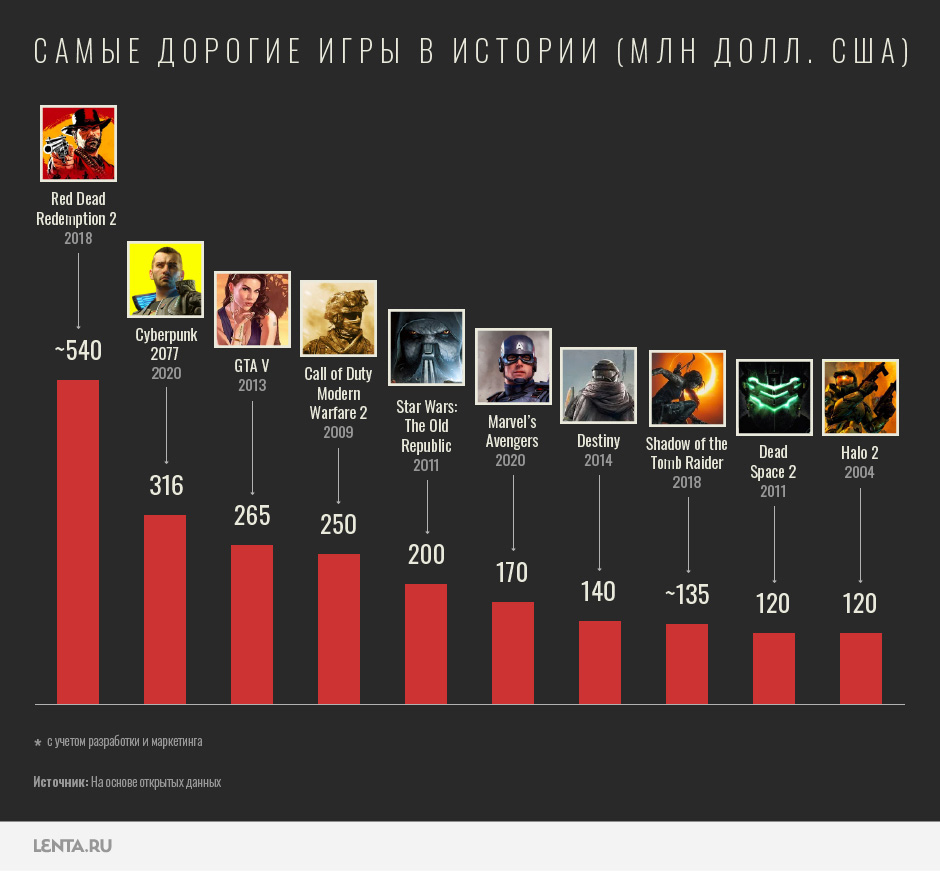
The 2008 crisis convinced Russian investors that it is more reliable to invest in AAA projects, but in mobile and online games. They have the risks below, and the invested money is faster.
In games for smartphones, it is not required to contain a large command, and the development cycle itself is much shorter. You can release casual games with a donation one after another, constantly making a profit and expanding. In addition, the developers do not need to spend a lot of money on marketing – the platforms themselves will promote your game, because it is also beneficial for them. At much lower cost, small teams began to produce mobile games available to the widest audience, quickly withdrawing the project to profit and starting the next game.
As a result, today Russian mobile development is in the top of world ratings.Playrix, which created the games of Fishdom and Gardenscapes, according to Bloomberg, cost about $ 7.8 billion a year ago and ranked third in terms of revenue among mobile games, second only to Chinese Tencent and Netease giants.
With online games, history is more complicated, because for a popular project you need a large team and an equally large budget. However, in online games there are many ways to extract a direct profit from players, which means that studios always receive live money. In many ways, this is why the Russian Gaijin Entertainment, which previously produced single games, was concentrated precisely on the online, the War Thunder hostel, the post -apocalyptic action of Crossout and the recently released Enlisted shooter.
All of them are distributed for free, but the company clearly earns a lot on intra -game purchases. Gaijin revenue exceeds $ 15 million and is actively reinvesting in marketing. The company periodically purchases advertising from top bloggers on YouTube. And in May, the rapper Morgenstern, completely dedicated to the game, was released. In the first days, he collected 21.5 million views, and two months later – 53 million.
Gaijin does not disclose the cost of the video, only emphasizing that it cost more than those 10 million rubles that Morgenstern allegedly received for his previous advertising clip from Alfa Bank.
On your own
Another noticeable direction of the Russian gaming industry is the Indie game. These are small projects, often made by the team no more than five people, without any help in marketing and publishing house. Most of them are deprived of great publicity, but word of mouth and discussion in small communities help to repel the cost of development.
The same direction is full of experiments. For example, the Moscow Studio Perelesoq is working on the interactive story of Torn Away, telling about the Second World War. Unlike other games of this, the developers here want to show the horrors of war on behalf of a ten -year -old girl Asi, who got into Germany as an Ostarbituiter. According to the plot, she should return home, going through all of Germany and Poland and hiding from the Nazis.
“The tools allowed to make a simple game alone and sell it to Western resources. An even greater impact on the industry was exerted by the emergence of mobile strokes, which also allowed to sell their projects to a huge audience of owners of smartphones, ”said Artem Koblov, creative director of Perelesoq.
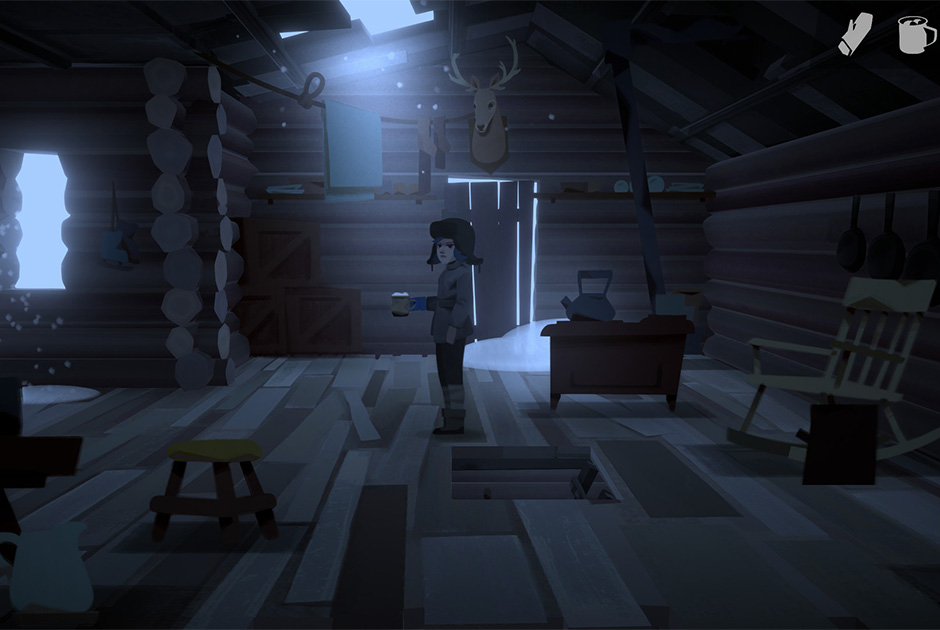
Screenshot: Torn Away
According to him, despite a large number of talented artists and developers, Russia has a very young game industry with an acute shortage of personnel among managers: “Those who have learned to make successful MMOs or mobile games are unlikely to want to take a chance and make their The Last of US. But I believe that we are on the way to the titles that the whole world will learn about. Globalization does its job: to develop games in Russia is not so expensive, and at the same time, access to the world market is open to everyone.Only I believe that nevertheless our future is not for AAA projects, but for those that are smaller. ”
But one thing remains unchanged – the developers of games are most often left to themselves. Large Russian or foreign companies sometimes invest in domestic development, however, there is no centralized mechanism for supporting the creators of the games – unlike the same movie market, where the system of state support for even the most controversial paintings has long been operating.
The game industry is only talking about creating a support fund for gaming projects that would support projects with Russian color and could show the culture of our country in the West.
At the same time, Russian developers are already actively working with Western studios. True, so far only as contractors. Foreigners willingly turn to Russian outsourcing companies, because their services are much cheaper than on average on the market. The largest such contractor in Russia was Sperasoft from St. Petersburg. They worked on dozens of Western AAA-IGR, including Halo Infinite, a series of Assassin’s Creed, Rainbow Six Siege, Mortal Kombat and Dragon Age.
